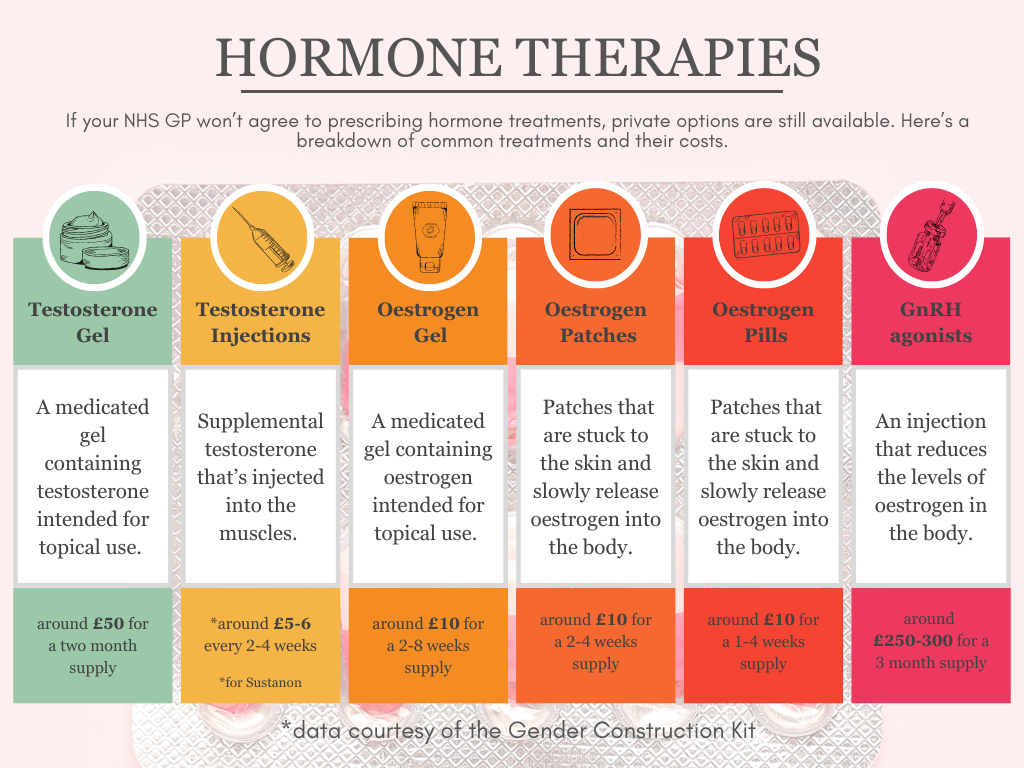If you’re reading Pride & Joy, the chances are that you have already accepted your child’s identity and are looking for ways to help them, which is amazing. It can be a difficult and confusing time for them. However with your support, the process can become much easier to navigate. You’ve got the emotional support down, so what can you do to help them physically reflect who they are inside?
The first step to transitioning is your GP. You can make an appointment with your local GP for your child and go along with them. The initial appointment is the start of an investigation which may lead to a diagnosis of gender dysphoria. According to the NHS, gender dysphoria is “a term that describes a sense of unease that a person may have because of a mismatch between their biological sex and their gender identity.”
It will take on average three appointments for the GP to diagnose this. During this time it is really important that you are supporting your child as gender dysphoria can also cause mental health problems like anxiety and depression.
If the GP agrees that your child has gender dysphoria, depending on their age, they will either be referred to National Referral Support Service For The NHS Gender Incongruence Service For Children and Young People (Under 17) or a Gender Dysphoria Clinic (over 17).
It is important to note that children under 17 will not be put on any hormones as they can cause irreversible changes to your child including growing breasts (if on oestrogen) and the permanent deepening of the voice (if on testosterone). The NHS will also not give your child any puberty blockers as there has not been significant research into the long term effects of them. The reason for this age restriction is to ensure that your child is 100% sure of their gender identity before making any permanent changes to their body.
Another thing to be aware of is that the waiting period for an appointment with any kind of NHS gender clinic is pretty hefty. As of this year, the average wait time is six years from the point of referral. That is obviously a very long time for your child to feel uncomfortable in their body, so it is important to be keeping an eye out for any mental health issues that may come along with this such as depression and anxiety.
If you are concerned for your child’s mental health due to this it is important to go straight back to the GP who may refer them to CAMHS (child and adolescent mental health service) who can give them further support.
Due to these long wait times, it is understandable to want to know what other options are out there. One of those is going to a private gender clinic, but a lot of these are 18+. The other catch about going private is the cost. Appointments at a private clinic tend to cost between £250-500, and there will be multiple of them, especially if your child is under 18. In addition to this, there is the cost of prescriptions which, if they’re not through the NHS can be very expensive. According to the Gender Construction Kit these are the estimated prices for some of the treatments:

With that in mind, it is vital to understand that this process will not be a short one and if you choose to go private, certainly not a cheap one. This means your child may experience gender dysphoria for quite an extended period of time, so your emotional support is vital. It may seem daunting, but to feel aligned and comfortable in their bodies is a fundamental part of your child’s identity and is absolutely worth fighting for.

